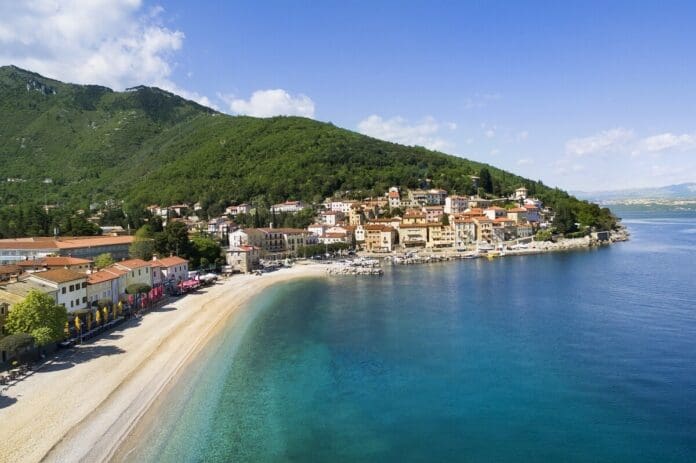By Suzana Fantov | Croatia travel insights and tips
Croatia has skyrocketed in popularity as a travel destination, thanks to its stunning Adriatic coastline, charming historic towns, and crystal-clear waters. But here’s a little secret: the best time to visit Croatia isn’t always the crowded summer months, and many locals would rather keep it that way. If you want to experience the true magic of Croatia—without the throngs of tourists—read on for insider tips on when to go.
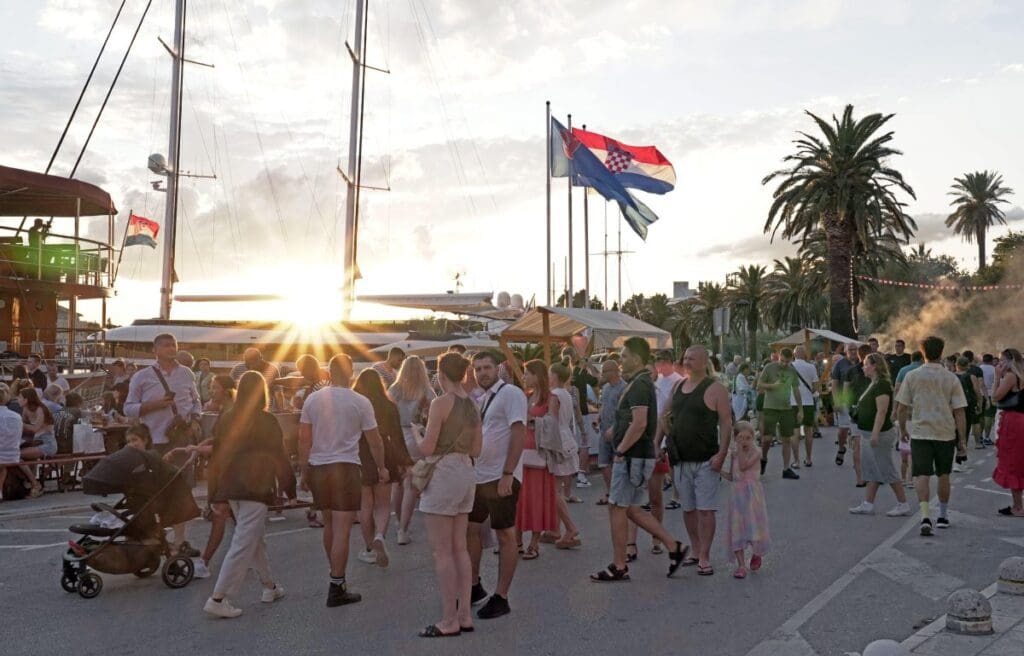
July and August? Not Always the Best Bet
Sure, July and August bring the warmest weather and the liveliest beach parties, but they also bring crowds that can make even the most beautiful places feel cramped. Popular spots like Dubrovnik, Split, and Hvar become packed with tourists, long lines, and inflated prices. Locals know this and often head inland or to less popular areas during this time.
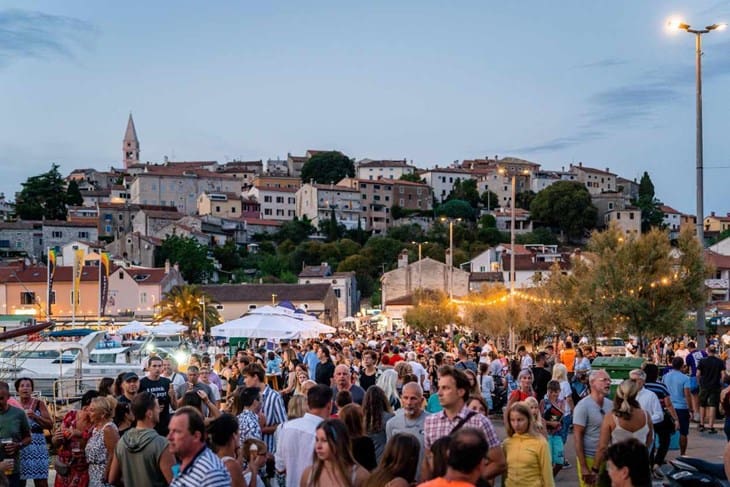
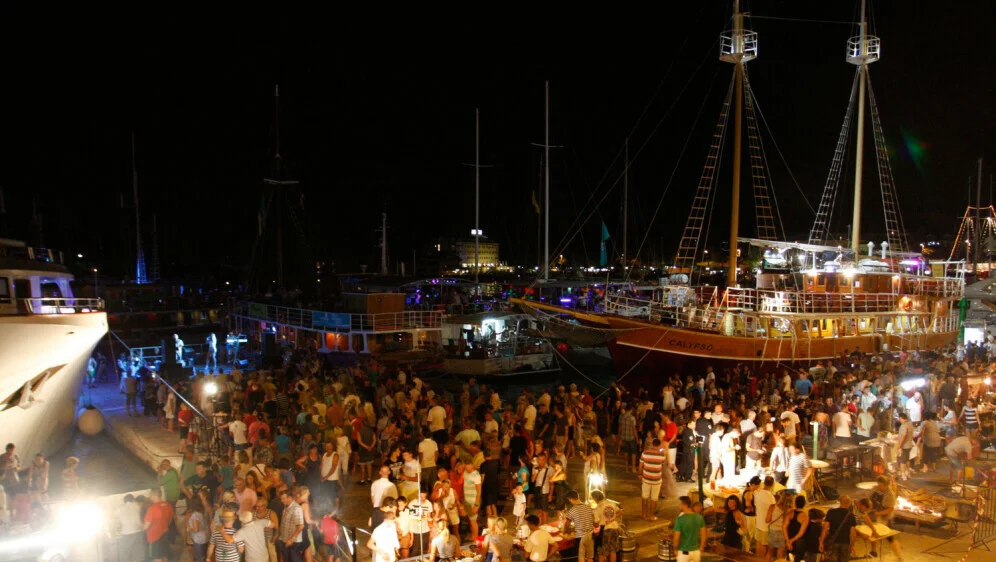
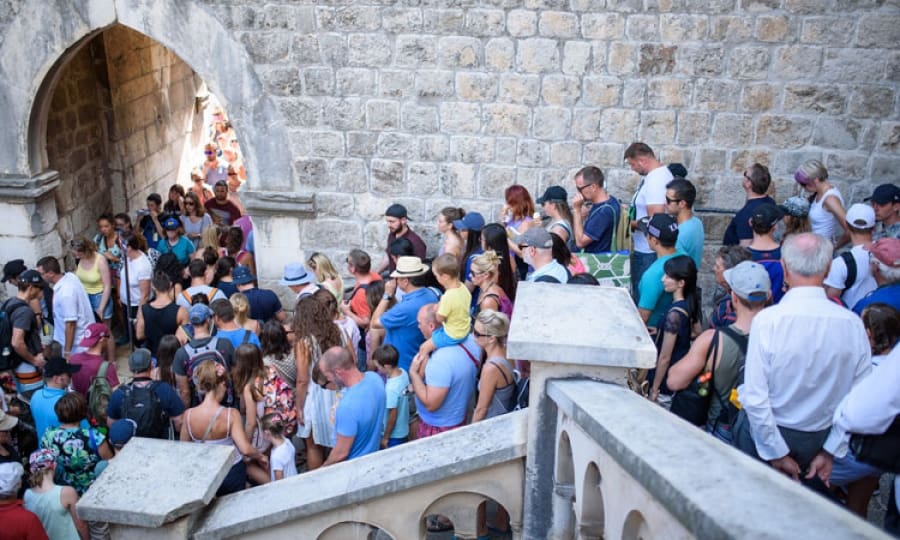
Secret Sweet Spot: Late Spring (May to Early June)
Spring is when Croatia truly awakens. The weather is pleasantly warm but not scorching, flowers bloom, and the Adriatic sparkles under sunny skies.
Why it’s great: Beaches are peaceful, accommodation prices are lower, and festivals like the Days of Diocletian in Split begin to pick up.
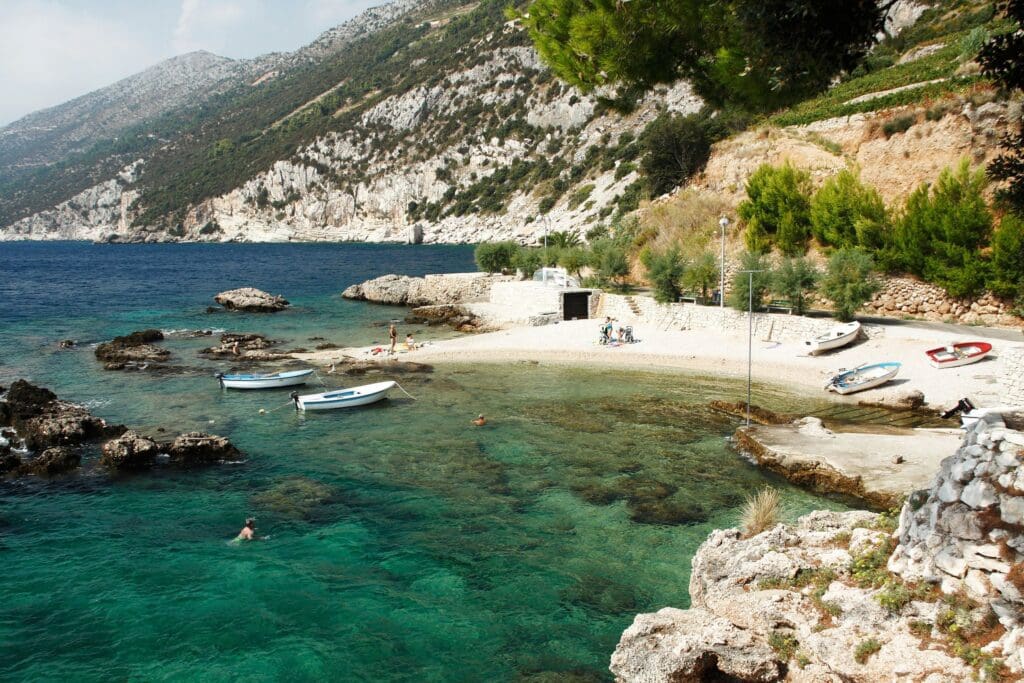

Local bonus: The air smells like rosemary and lavender, and you can enjoy fresh seafood without the crowds.
Early Fall (September to October): Croatia’s Hidden Gem
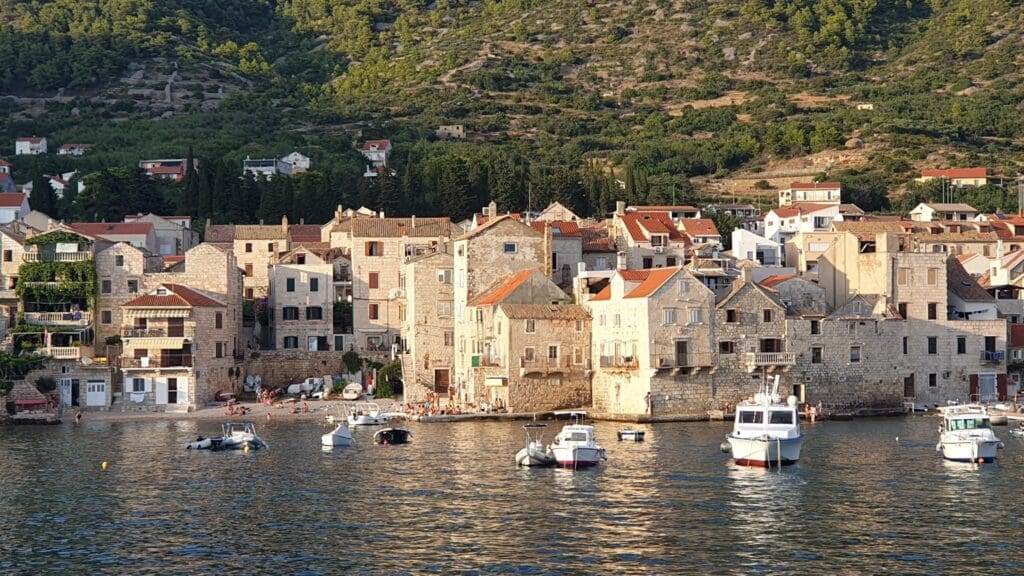
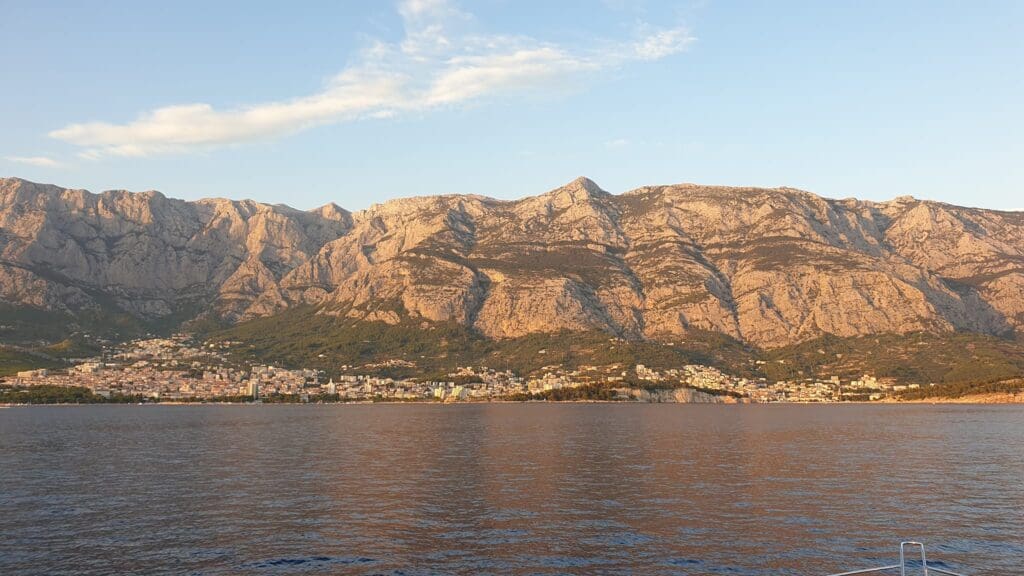
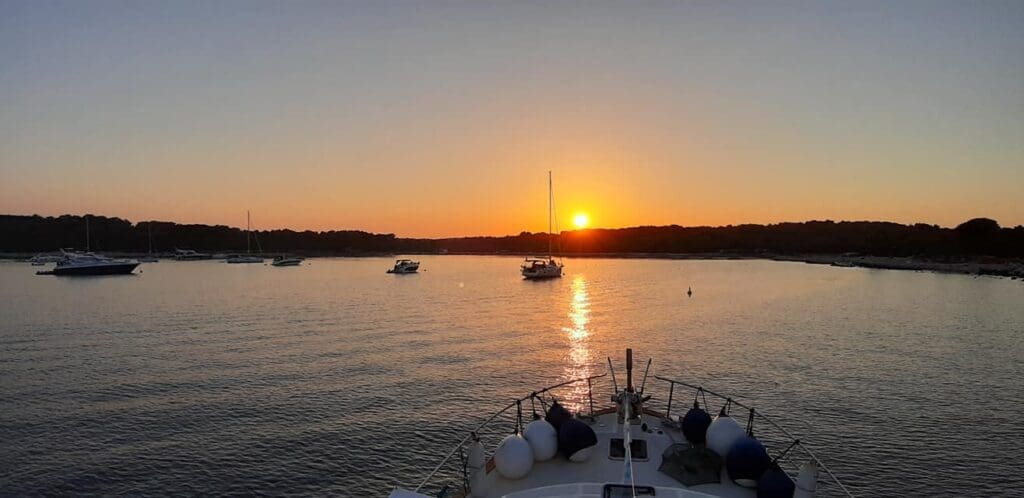
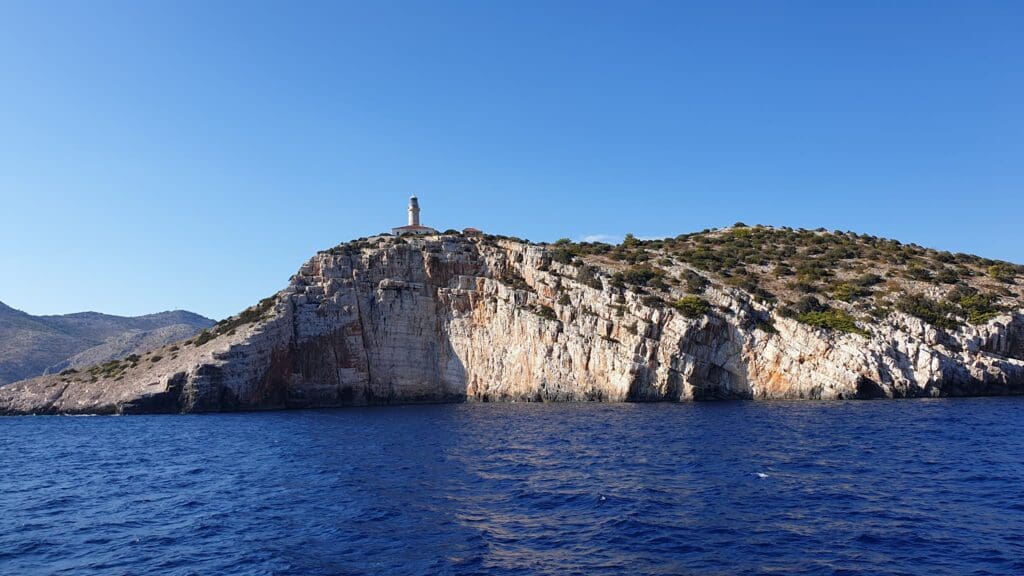
For those who want summer’s warmth without the chaos, early fall is pure magic. The sea remains warm enough to swim, but tourists thin out quickly after August.
Why it’s great: Harvest season means food festivals and fresh local produce—think olives, grapes, and truffles.
Local bonus: The famous International Food Festival in Dubrovnik happens in September, along with a calmer vibe perfect for exploring old towns and nature parks.
Winter Wonders: For the Brave and Curious

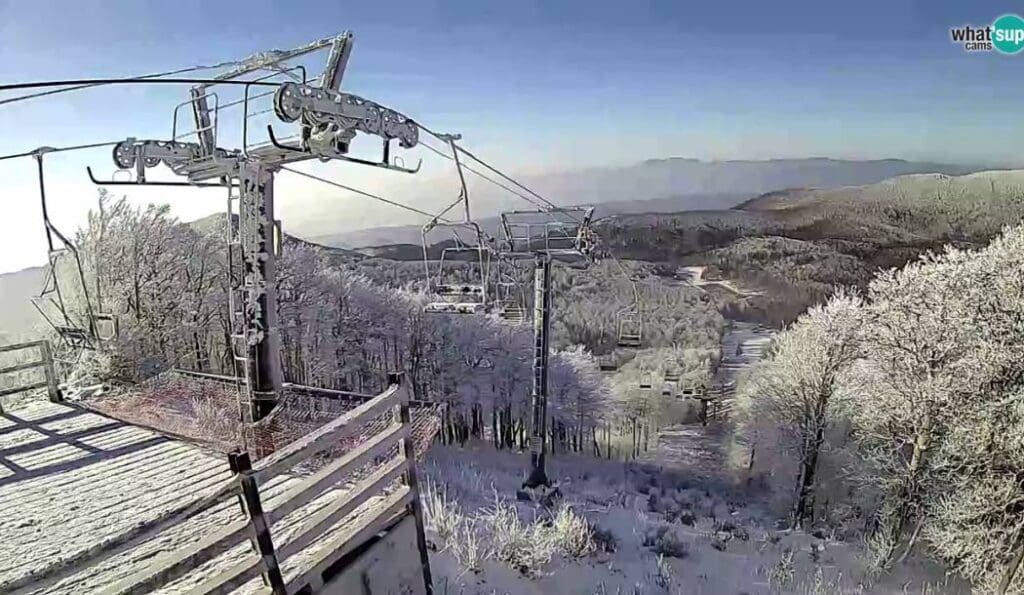
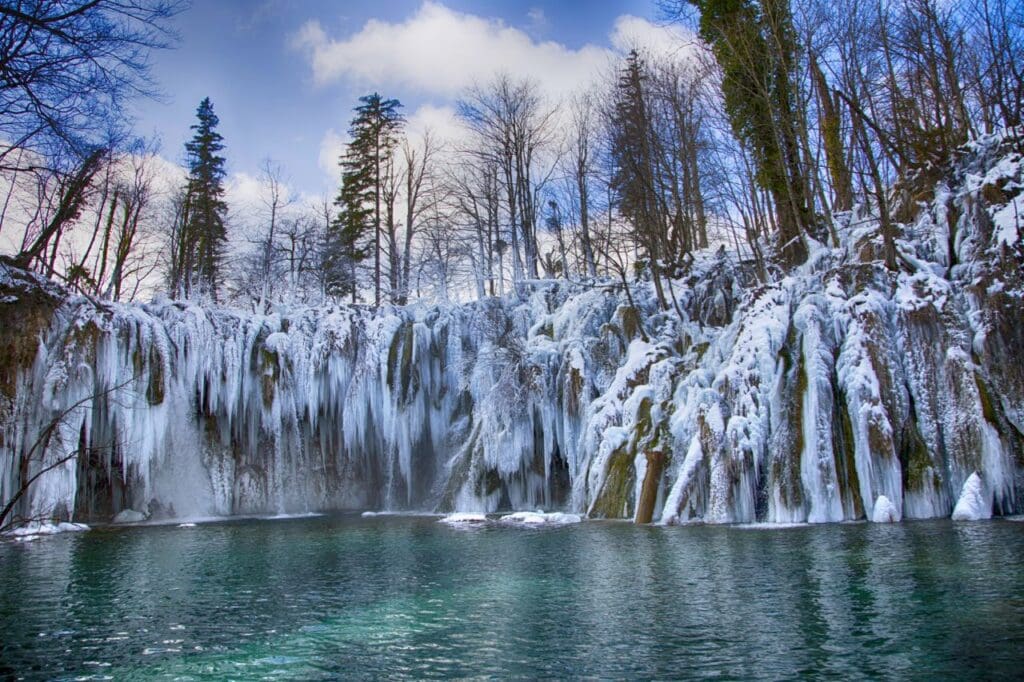
Croatia in winter isn’t on most travel radars, but it has its own quiet charm. Snow-dusted landscapes, peaceful cities, and festive Christmas markets in Zagreb, which was voted Europe’s best Christmas destination, offer a completely different experience.
Why it’s great: No lines, cozy cafés, and a chance to see a side of Croatia few tourists ever experience.
Local bonus: Ski resorts in the inland mountains are lively, and locals enjoy traditional winter dishes and rakija (fruit brandy) by the fire.
Insider Tip: Visit Lesser-Known Regions

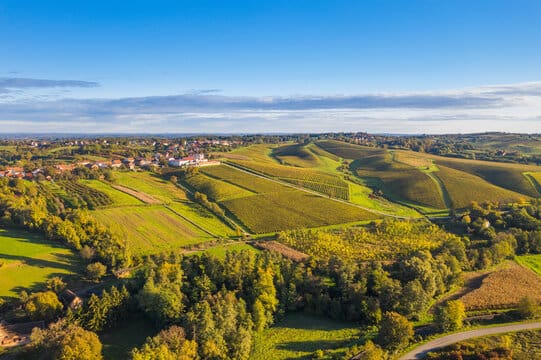
Locals often keep quiet about the inland gems like Slavonija, Baranja, and the Gorski Kotar mountain region. These areas offer authentic Croatian culture, spectacular nature, and year-round experiences without the tourist rush.
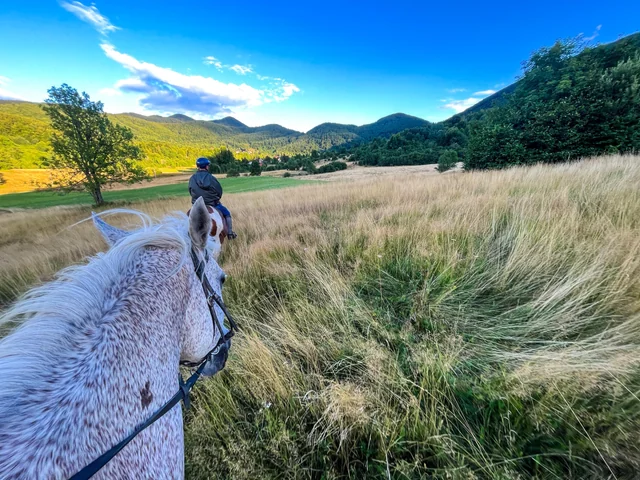
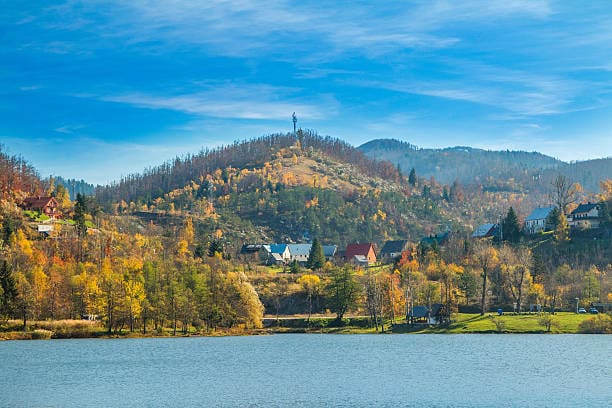
What Locals Really Want You to Know
Stay outside the hotspots: Towns like Trogir, Šibenik, and Korčula offer stunning views and rich history without Dubrovnik’s crowds.
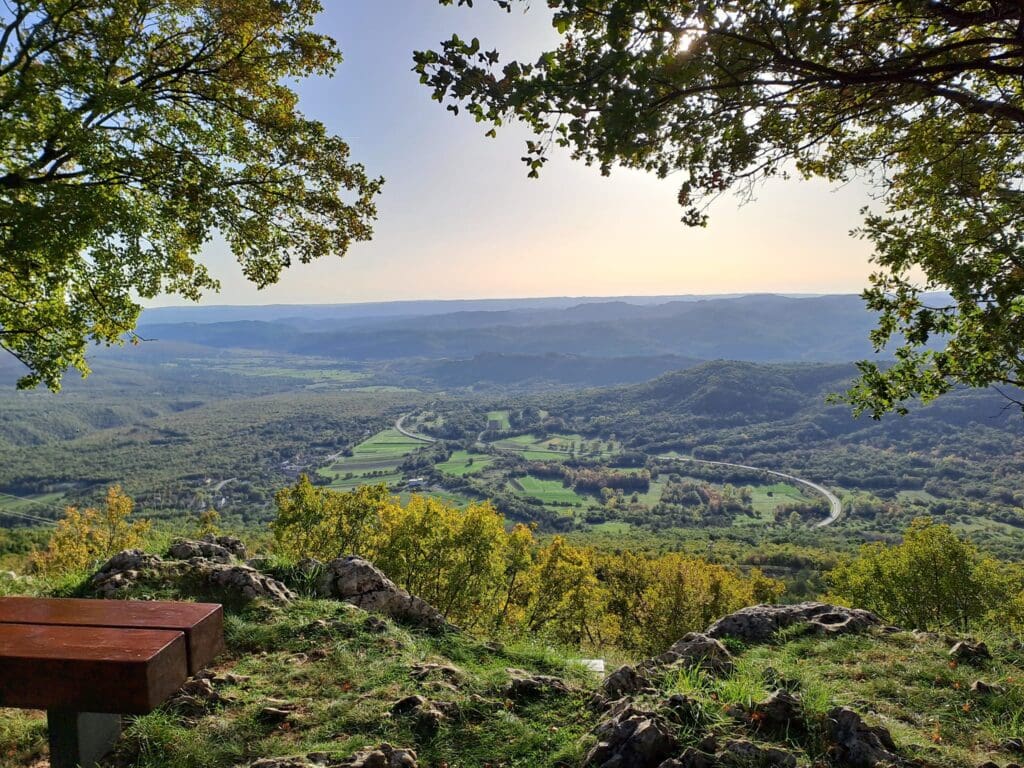
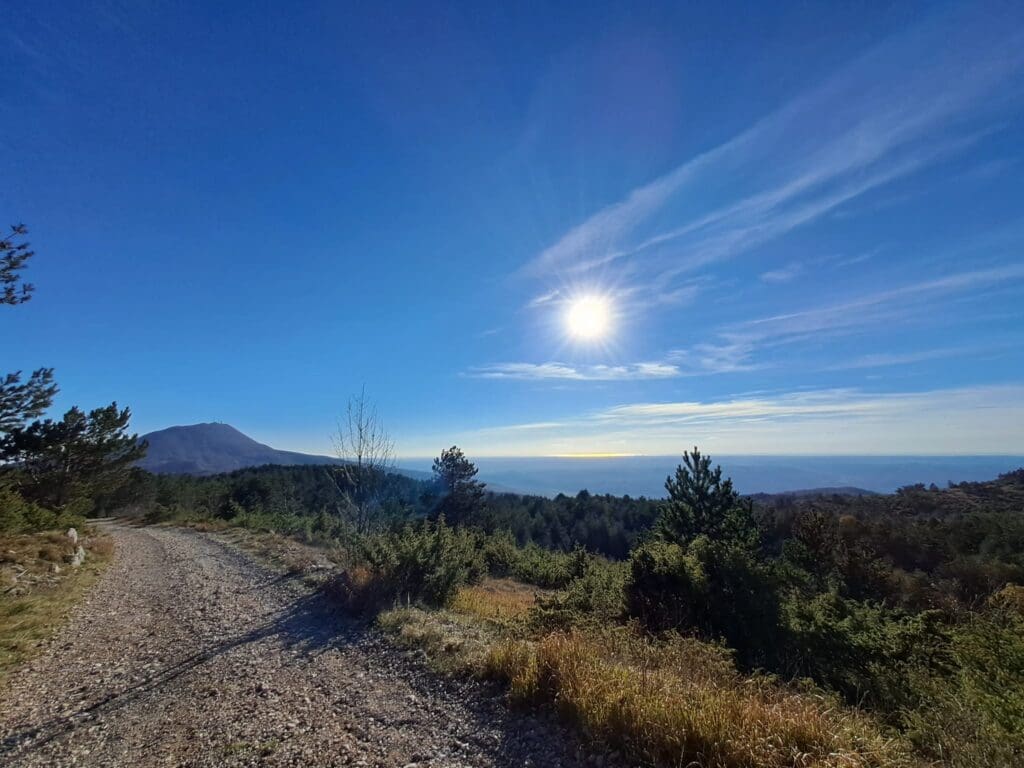
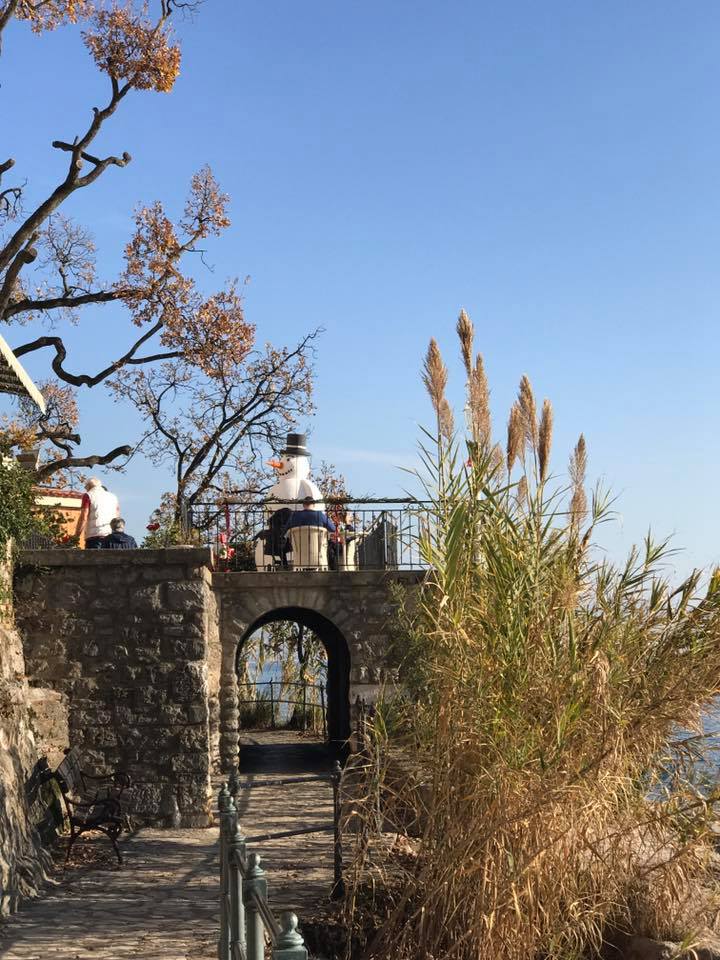
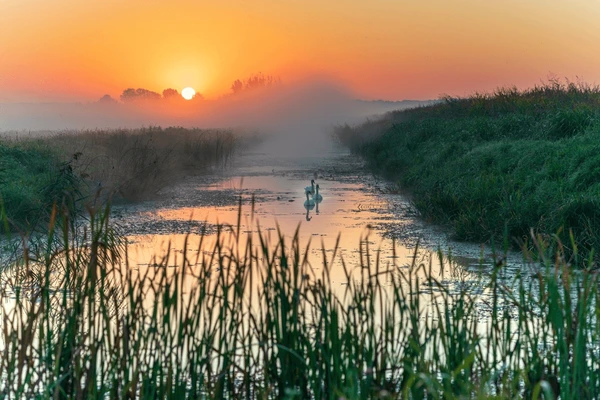
Rent a boat in shoulder season: May, June, and September are perfect for sailing the Dalmatian islands in peace.
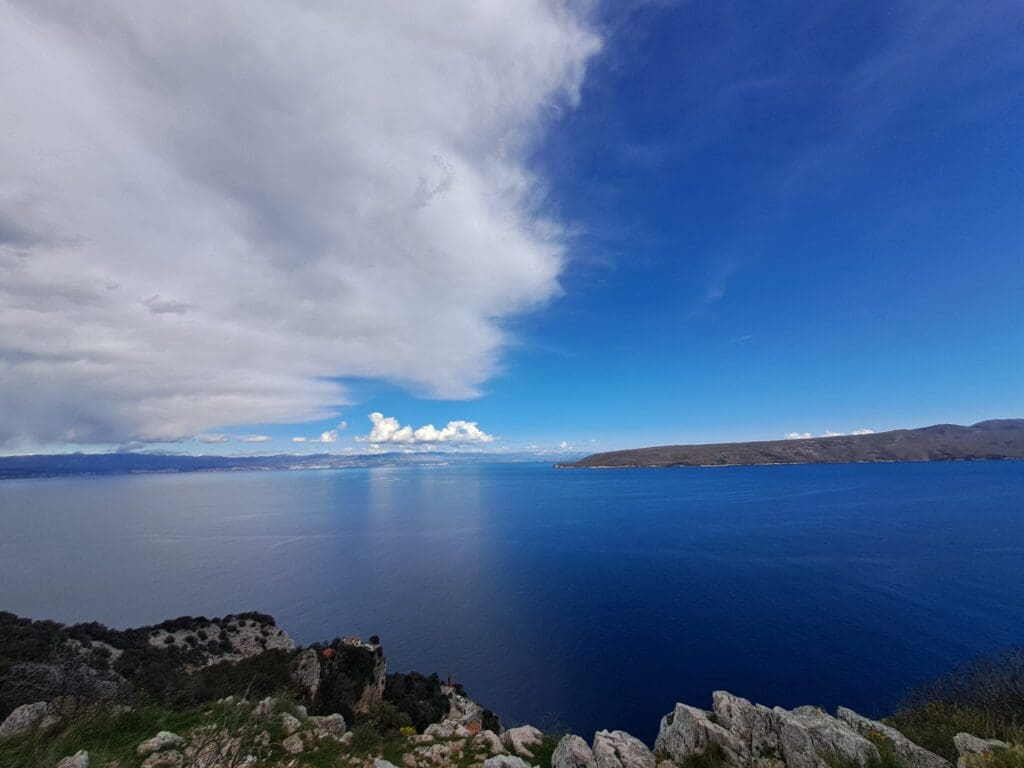

Enjoy local festivals: From olive harvest celebrations to folklore events, these are the best ways to connect with Croatian culture beyond the beaches.
Croatia’s beauty is timeless, but when you visit can make all the difference. Skip the summer crush and discover the serene, authentic Croatia that locals cherish—and want to keep a secret.
See related story: Croatia Crowned Europe’s Top Travel Destination for 2025

